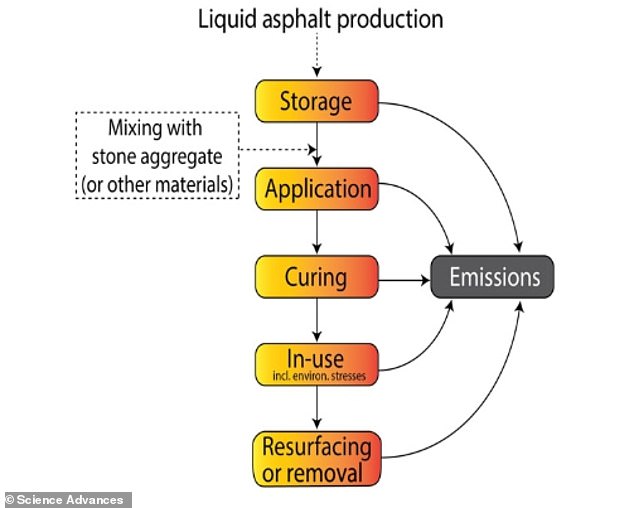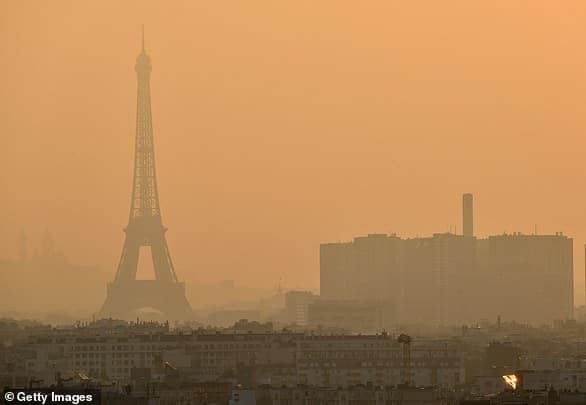As we struggle to get emission levels low from power generation and motor vehicles, the more we will have to research on non-combustion causes of emission. A new Yale study stated that asphalt, all over our modern cities, keeps on releasing an ample amount of chemicals into the air, even a long time after its poured out- and is three times worse on scorching hot days.
Asphalt is a sticky black, partially solid form of petroleum and is also known as bitumen. It is used in various infrastructure projects like making roads, roof sealing, and pavements, amongst many others.
On average, 122.5 million metric ton of asphalt is used in the world yearly. It is known that asphalt releases harmful emissions during different stages of production and laying. However, the Yale team has found that it keeps on releasing dangerous pollutants and a complicated mixture of organic compounds even as it is just lying there, definitely something much more alarming!
The asphalt industry maintains that emissions at rotating temperatures are inconsequential because the manufacturing process gets rid of all likely emissions. But the Yale team concludes that what unknowingly takes place is that these compounds continue to diffuse gradually through the thick gooey asphalt.

Motorcyclists around the world state that on a day with high temperatures, the bitumen softens to a point where the side stand can push right through it. “It’s this softening that leads to the emissions leaking up to 300 times more than usual,” explained the researchers at Yale. Their stats are based on lab studies that looked at a wide range of different conditions and temperatures.
The conclusion: another neglected source or urban “secondary organic aerosol,” or SOA, production, adding to the quantity of PM2.5 (a regulated air pollutant made of particles smaller than 2.5 micrometers across) in the air.
PM2.5 pollution is identified as a severe public health issue, and the researchers predicted the SOA discharged from sitting asphalt across the Los Angeles area to be equal to that emitted from vehicles in the same place.

The researchers summed up by saying that it’s not the equivalent of the CO2 or Ozone issue but that its part of a giant puzzle. The upcoming challenge is to find ways to build roads and fuel the vehicles sustainably. There are many other environmental issues out there that need to be addressed along with this as well.


